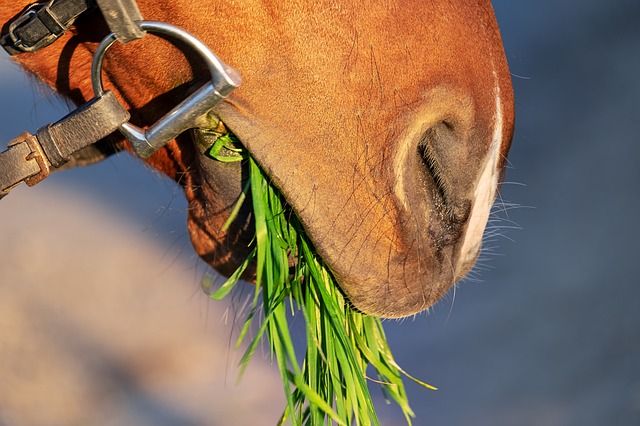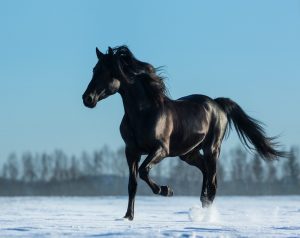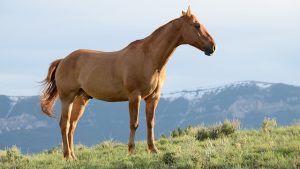Horse feed isn’t a rocket science. Your horse eats for himself, not the whole species. Every day you will be discovering something new and different about his personality. The sensible horse owner tries to understand his animal and feed him accordingly. Study his habits. Consider his age, condition, working requirements and temperament. You will learn his likes and dislikes, and the kinds and quantities of feed he needs for good health. Soon, it will be almost an instinct with you to feed him properly. As you go along, try to bear these points in mind.
Feed at regular times every day, seven days a week. Feeding smaller quantities two or three times a day is beneficial. Divide the grain between the feedings. On a two-a-day schedule, feed one-third of the hay in the morning and two-thirds in the evening. On a three-a-day regimen, feed one-quarter of the hay in the morning, another quarter at noon, and the remaining one-half in the evening.Take a look at the list below about horse feed
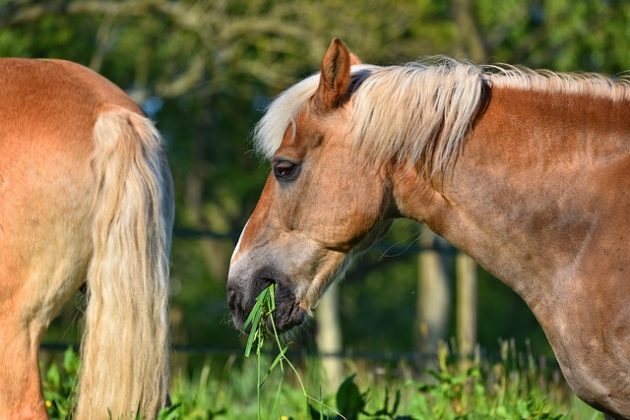
Feed Only Good Quality Grain and Hay
- Don’t let your horse eat dusty, moldy or spoiled feeds. When a number of horses are to be grained, feeding should.
- Proceed in routine order and with dispatch.
- The foundation of the ration should be a good quality hay, purchased as economically as you can for the type of horse involved. If hay costs are unreasonably high, reduce the hay and increase the grain.
- Buy grain that gives your horse a good source of energy at the lowest possible cost. Buy protein on its cost per digestible pound.
- Change rations gradually, giving your horse a chance to adjust to new feed a little at a time.
- Never over-feed your horse. Horses get fat just like people. And overweight horses can founder.
- Vary grain portions with the amount of work the horse is doing. The harder he works, the more he needs.
- Don’t give a full feed to your horse when he’s hot and tired.
- Give him his grain after his hay.
- Exercise him properly and regularly; that’s just as important 48 as a good diet.
Water
Water works wonders for all animals. We drink it simply because we’re thirsty; and of course, your horse does the same thing. But it’s interesting to note some of the miracles that ordinary water performs for us. It dissolves nutrients or carries them in suspension from one part s of the body to another.
It reacts with many kinds of chemical compounds; complex food substances are broken into simple ones, then combined with water so they can be absorbed and utilized. Water fills the cells, and enables animals to hold their shape.
Water is the chief factor in temperature control; when warmblooded animals become overheated, evaporation cools them. Water has a great capacity for absorbing heat; the watery tissues help to stabilize the temperature.
A mature horse’s body is about 50% water; a newborn colt may be as much as 80% water. Obviously, an ample supply of good water is essential to your horse’s health. He will drink around 10 to 12 gallons a day.
Warm weather and hard exercise will naturally make him drink more. He will also want additional water if he’s fed legume hay rather than grass hay. Water him at regular times. Under most circumstances, he may drink before, after and during a meal with no problems.
However it is not wise to water a horse immediately after graining. And when he s been exercising vigorously and is hot, give him only small sips until he cools down.
Salt
Salt is another marvel working inside the bodies of living creatures, including people. It is said to be the most universal food of human beings, that’s because we all must have it to live. Horses feel the same way about it.
Salt provides essential sodium and chlorine. It stimulates the secretion of saliva; it promotes the action of enzymes. It maintains the right osmotic pressure in the cells. Sodium maintains the body tissues; chlorine makes the hydrochloric acid in gastric juice. Salt regulates water metabolism and the passage of nutrients into the cells.
The body loses salt not only through urination but also through sweating. Hot weather and heavy exercise call for additional salt. A pound of sweat contains about two grams of salt. Horses normally need about two ounces of salt a day.
The common way of supplying salt is to put out salt blocks where the horse has free access to them. Salt may also be mixed into the ration; it should be no more than one percent of the ration weight, perhaps only half that.
A healthy horse won’t eat excessive salt unless he’s actually been deprived for some time. If there’s a possibility he might eat too much, limit the amount available; otherwise, he may get indigestion. You will have to use your own judgment in some matters.
The amount of supplemental salt needed varies with the amount of salt contained in the feed and water. In some areas near the ocean, horses are said to need no supplemental salt at all.
Overfeeding
Horses can get fat. If you’re an average American citizen, you may have had the problem yourself, or you know lots of people who have. Obesity can be serious in a horse. In a young, growing horse, overweight first puts an extra burden on the musculoskeletal system; that makes his bones, joints, tendons, and ligaments more susceptible to injuries. When the weight is disproportionate, he cannot move with the agility of a trim horse. Overweight horses are prone to founder.
Excessive body weight goes hand in hand with excessive feeding, out of condition, exhaustion and increased weight on feet – some of the known factors causing founder. By upsetting the animal’s metabolism, overweight can bring azoturia, which causes stiffening of the joints and sometimes makes him go down in the hindquarters.
Obesity also interferes with reproduction and makes uncertain breeders of both stallions and broodmares.
Even the hungriest foal needs to have a “bridle” on his appetite. Grain contains some compounds that hinder absorption of calcium by the body; too much grain can thus bring on a calcium deficiency, no matter how much calcium you furnish in the diet.
If this happens, the bones don’t develop properly; in the more obvious cases, there will be enlarged joints, lameness and swelling of the legs. And even in minor cases, troubles may come in later life, possibly causing the horse to be stricken with severe lameness.
The correction of the problem in young foals is very simple: reduce the grain ration. You cannot, of course, worry about every ounce of food or sip of water that goes into your horse.
But you must be sensible about it and manage his feeding in such a way that he will enjoy the best of health.
